The spring of 2021 has been conducive to seedling harvest at the Wilson State Nursery in Boscobel. The nights have been cool, and the days warm and dry. A few well-timed rain events kept the soil conditions moist but not muddy.
The Wisconsin Department of Natural Resources (DNR) Forestry staff and contractors are taking full advantage of the conditions. Regardless of the weather, the staff at the Wilson Nursery is working to harvest, grade and package our home-grown, native trees and shrubs for distribution to landowners across the state.
In our nursery operations, we know how many seedlings are available to sell by sampling a portion of our rows, inputting that data into a formula and then estimating inventories. Sometimes we underestimate, and sometimes we over estimate. Most of the time, we are close.
We learn how accurate we are when we harvest and grade those seedlings in the spring. This year, we have some species that had much healthier volumes than anticipated.
For those still interested in creating wildlife habitat, starting a plantation for future wood production, stabilizing an erodible bank or field, or adding to the landscape’s aesthetic beauty, the Wisconsin reforestation program may be able to help.
We still have inventories of jack and red pine, white spruce, red oak, black walnut and various wildlife shrubs. Plus, other species may become available. All are well suited for the soils of Wisconsin. Contact our nursery hotline at 715-424-3700 for up-to-date information on seedling availability and to place an order.
Seedlings sold by the Wisconsin state nurseries are to be used for reforestation, wildlife habitat and windbreak and erosion control purposes and must be planted in Wisconsin. The minimum order is a packet of 300 seedlings, 500 shrubs or 1,000 seedlings. Seedlings need to be picked up at the Wilson, Griffith or Hayward nurseries.
You can find answers to the most common questions about tree planting on this DNR web page or contact Jeremiah Auer, DNR Regeneration Specialist.

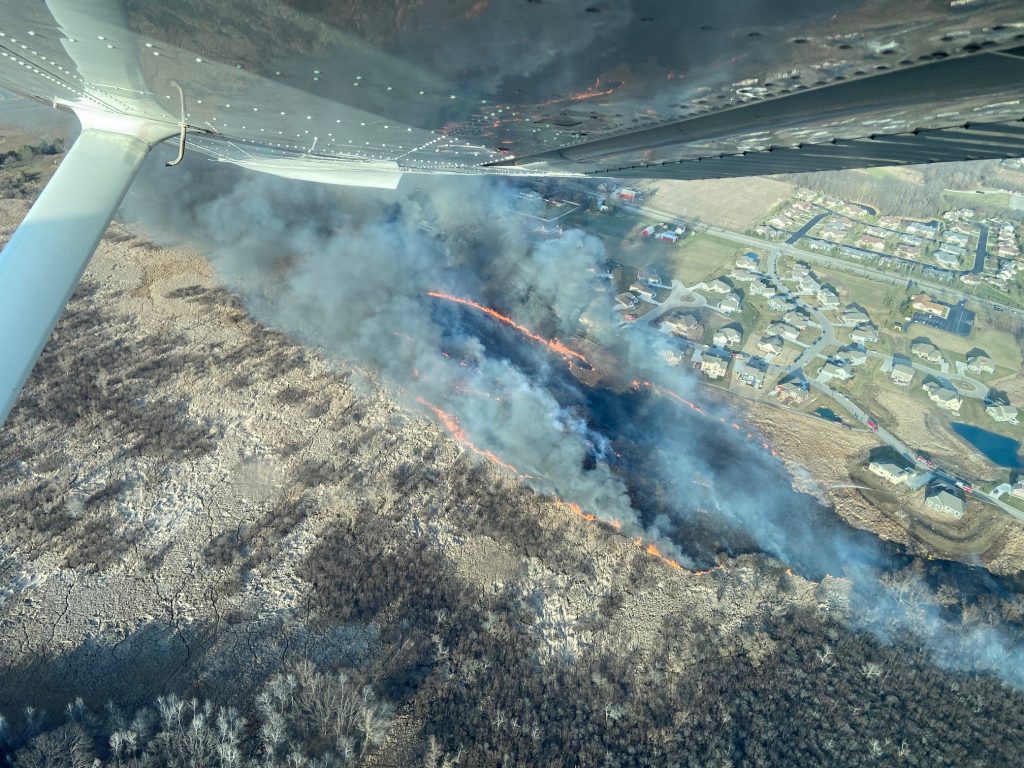
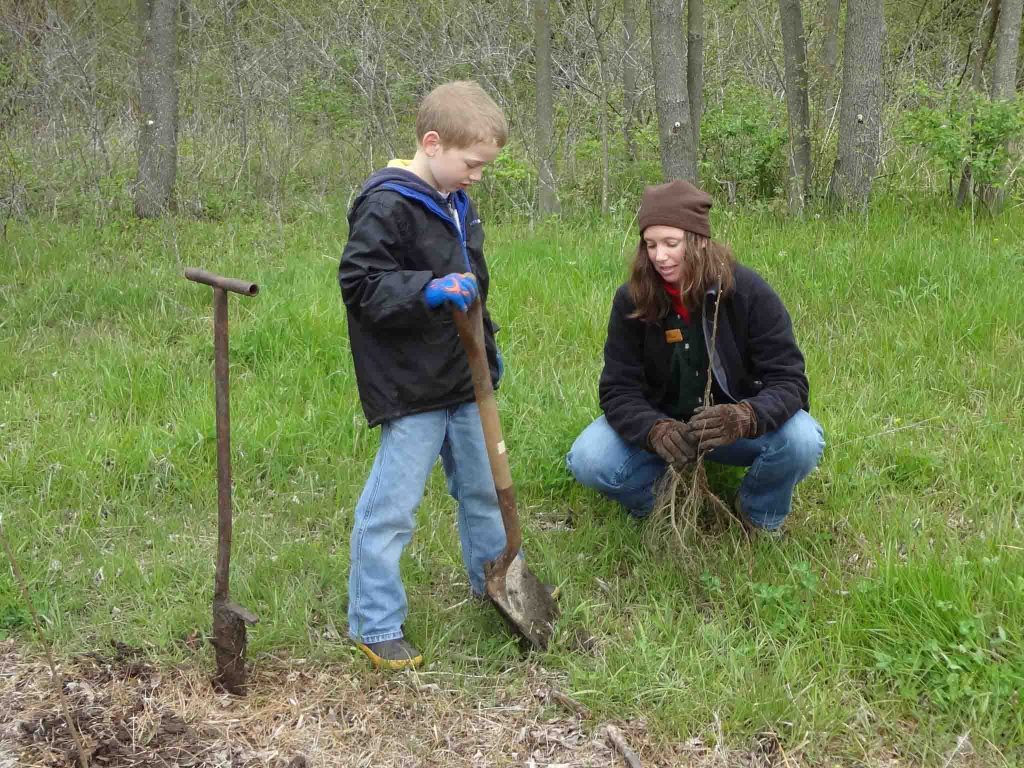 Due to the ongoing COVID-19 pandemic, the Arbor Day Foundation has suspended their requirement to hold a public Arbor Day celebration in 2021. Communities will be able to maintain their Tree City USA designations without meeting this standard. An Arbor Day proclamation is still a requirement.
Due to the ongoing COVID-19 pandemic, the Arbor Day Foundation has suspended their requirement to hold a public Arbor Day celebration in 2021. Communities will be able to maintain their Tree City USA designations without meeting this standard. An Arbor Day proclamation is still a requirement.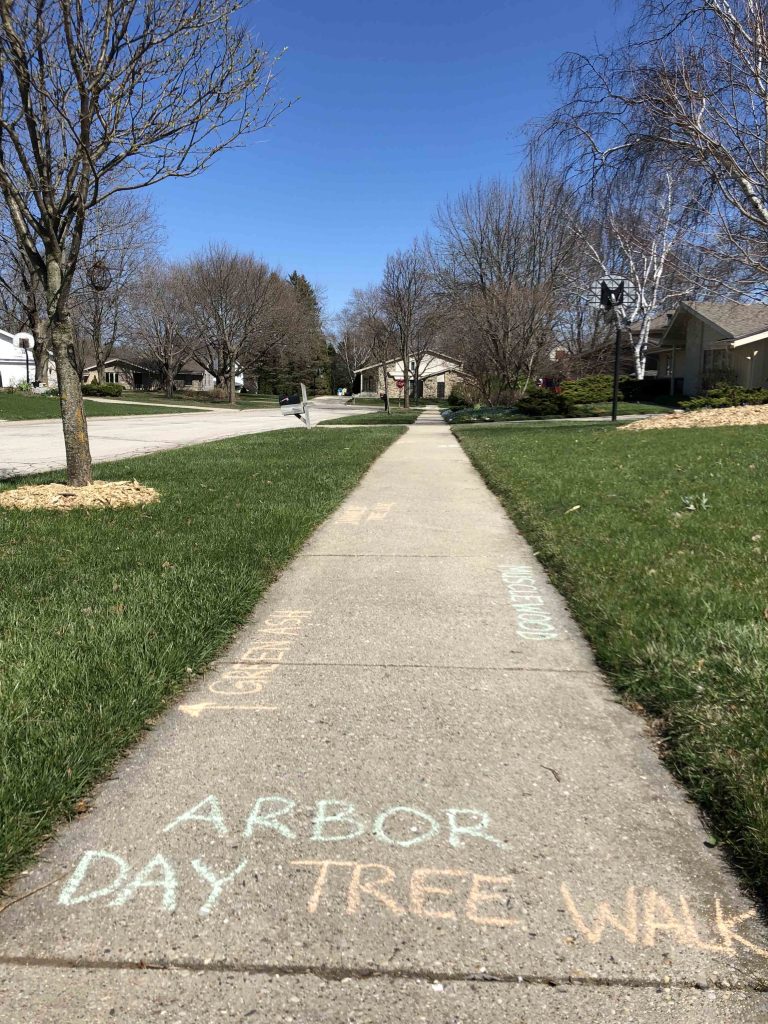 Looking for ideas for celebrating Arbor Day during the pandemic? Here are a dozen possibilities:
Looking for ideas for celebrating Arbor Day during the pandemic? Here are a dozen possibilities: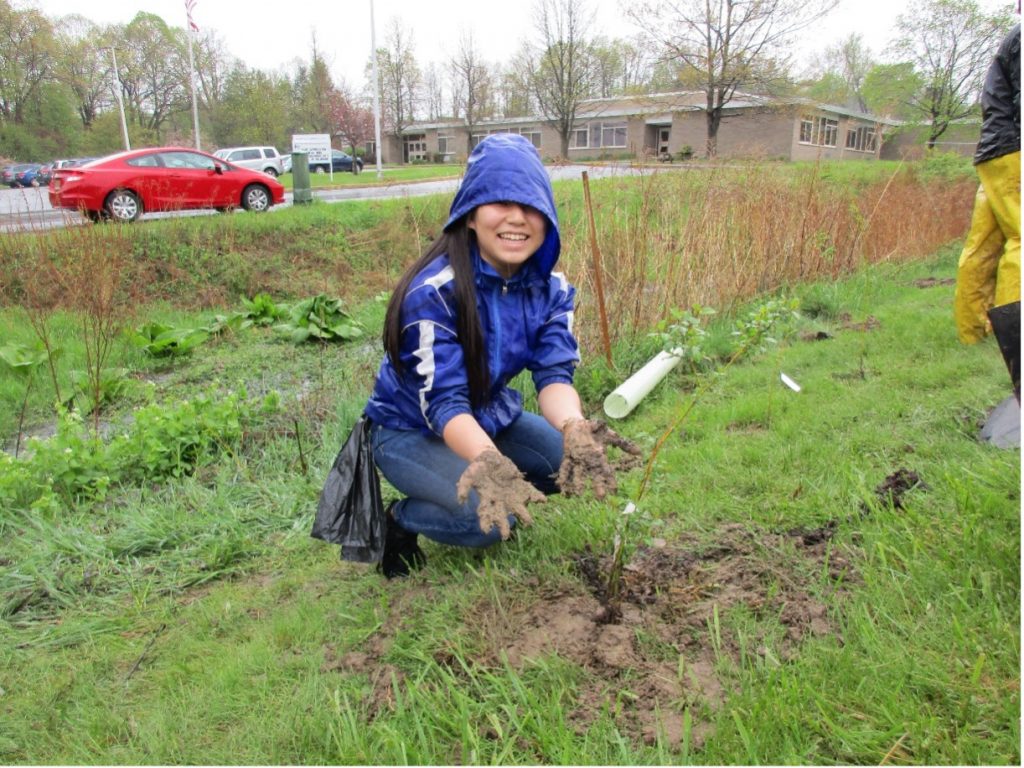 April 26-30 is
April 26-30 is 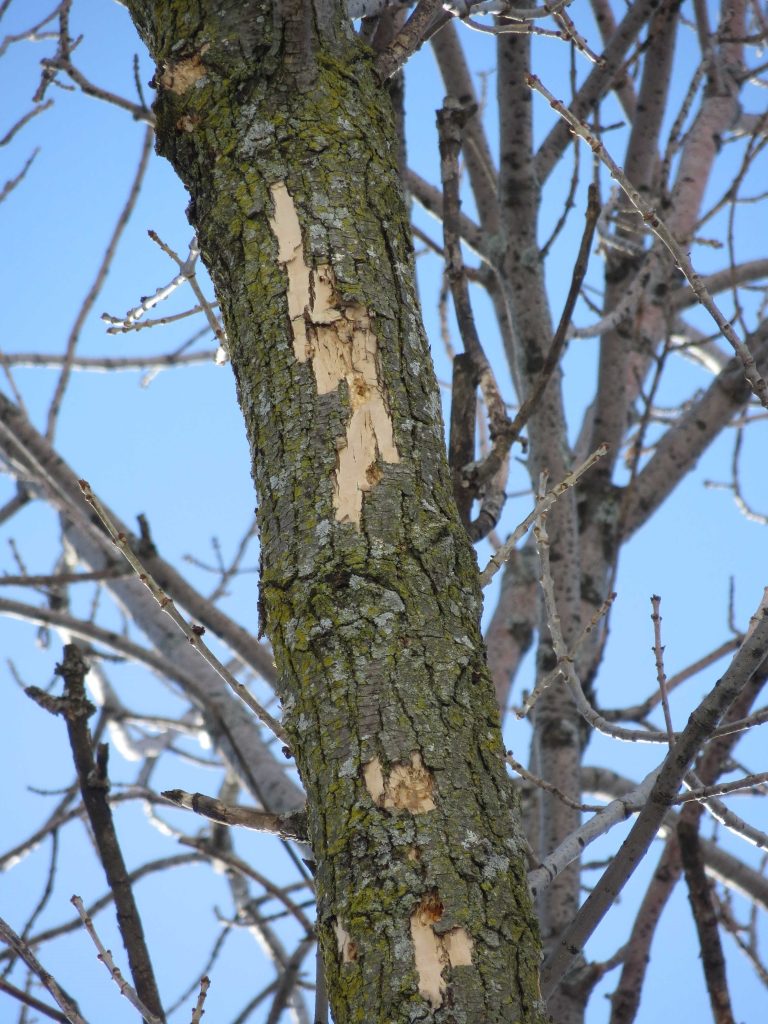
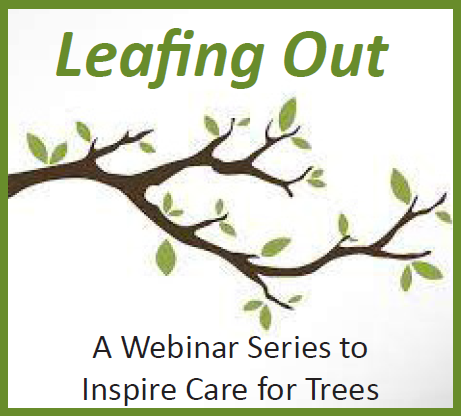 Leafing Out, Episode 5: Common Tree Diseases With Brian Hudelson
Leafing Out, Episode 5: Common Tree Diseases With Brian Hudelson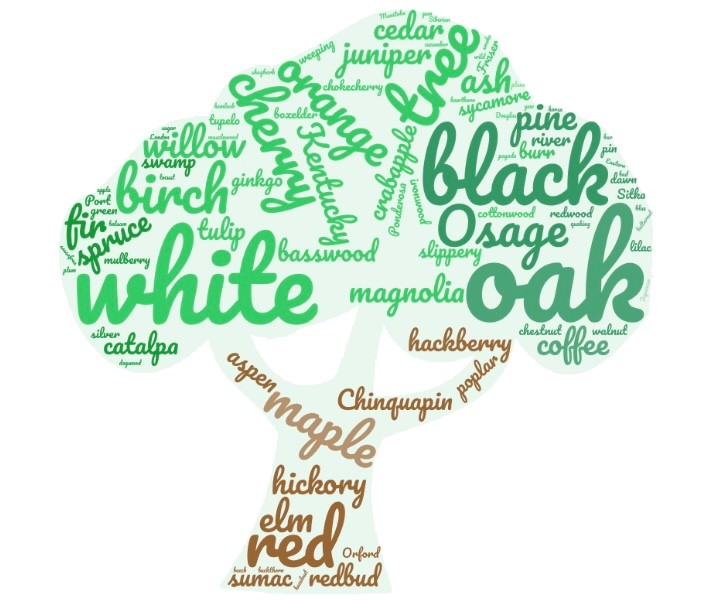 “What kind of tree should I plant?” We are often asked that question as urban foresters. For me, the first thing that comes to mind is, “not a maple!”
“What kind of tree should I plant?” We are often asked that question as urban foresters. For me, the first thing that comes to mind is, “not a maple!”